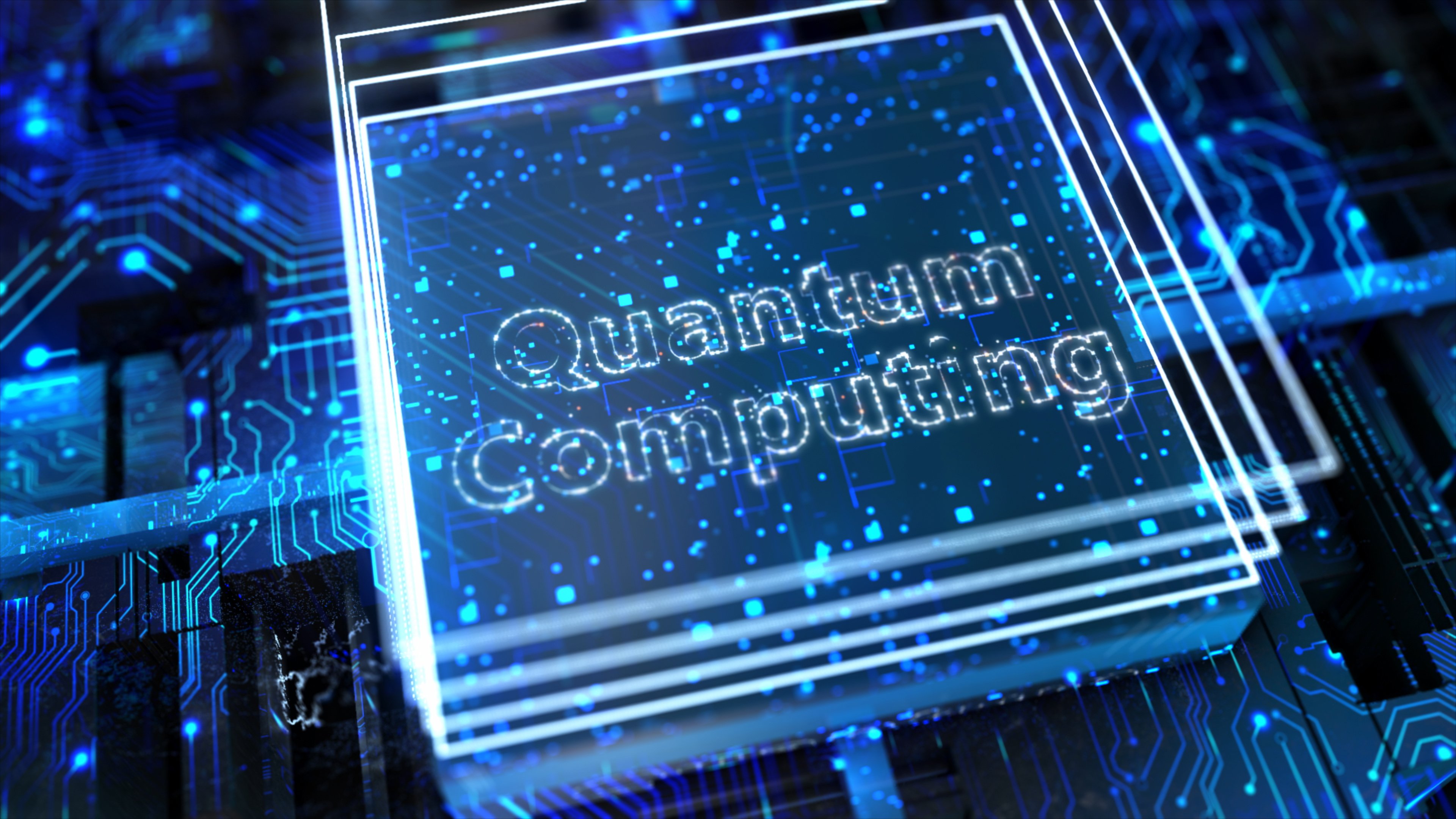Every year, IBM (IBM 0.48%) publishes a report on the five most exciting things it expects to hit the mainstream within five years. This year's issue just hit the wires. If Big Blue is right, your smartphone will soon stop being a simple tool and become more of a friend.
The theme for "The 5 in 5" this year is the five senses. Torrential data feeds will combine with refined analytic algorithms to help computers make sense of the physical world. The recurring theme across all five senses is, of course, that ubiquitous mini-computer in your pocket or purse. This is where smartphones really earn that "smart" moniker.
See me, feel me
Adding sensors for smell and taste to a smartphone seems like an instant upgrade. Throw in components that can give us sensations of flavors, aromas, and textures, and the humble phone suddenly places you right in the middle of the scene on the other end of the call. And of course, the taste sensors could analyze your food for nutritional value and potential toxins. Today's phones do nothing of the sort. This is pretty heady stuff.
But the projections for sight and sound are no less interesting. You'd think we might have hit the limit of what's possible in these areas already, but then you'd be wrong. Computers may be awesome at capturing, sharing, and manipulating audio, video, and graphics -- but they don't understand what they're looking at.
Big data to the rescue! There's a wealth of raw images, sounds, and videos and more gets created every day. IBM posits that deep analysis of all this amorphous information will yield mind-blowing insights and power some amazing new tools.
For example, do you know what a tree sounds like just before it falls in the forest? Inveterate moms and dads have figured out which one of their baby's cries means "hungry" or "ouchie" or "bored stiff," but wouldn't it be cool if a phone app could help new parents pinpoint the meaning? How about figuring out what your dog is trying to say? Analyzing oodles of audio clips alongside metadata about their real meaning will help computers figure out general patterns and jump to new conclusions.
Or you can teach a system to tell beach pictures apart from photos taken in the desert with the same white sand and blue skies. Image textures might provide the final clues here. Feed decades of medical scans and confirmed diagnoses into the computer and get an instant diagnosis tool for malignant skin tumors or rare skin rashes -- Star Trek's medical Tricorder, only a couple centuries ahead of schedule.
IBM is already leading the way into this massive data crunch. The Watson supercomputer beat an all-star cast of Jeopardy! champions by applying exactly this kind of real-world-to-cyberspace conversion. And Big Blue isn't alone. Google (GOOG 1.03%) Goggles is a primitive version of this idea, but powered by human input rather than pure data analysis. The Tricorder is pretty much what Apple's (AAPL +0.04%) Siri wants to be when she grows up. Baby steps.
Does IBM have any clue what's really happening?
The company has an impressive track record on these predictions. I'd argue that all 10 of the forecasts from 2006 and 2007 have become reality by now. We've hit four of the 2008 targets with the fifth -- "A crystal ball for your health" -- under heavy development. The craziest of last year's five guesses was that the digital divide will disappear -- and the explosion of low-cost smartphones is even making that one seem realistic. A cheap Symbian smartphone from Nokia (NOK 1.42%) or a last-generation Research In Motion (RIMM 1.61%) BlackBerry Curve might not impress anyone in San Francisco, but they are life-changing portals to the Internet and the world for millions in Kenya and Ecuador.
So feel free to take IBM's five-year projections with a grain of salt, but then don't complain if you miss the next megatrend that Big Blue already told you all about. We growth investors always have our gaze fixed just beyond the horizon, and the 5 in 5 report serves as a rough map of the road ahead.






